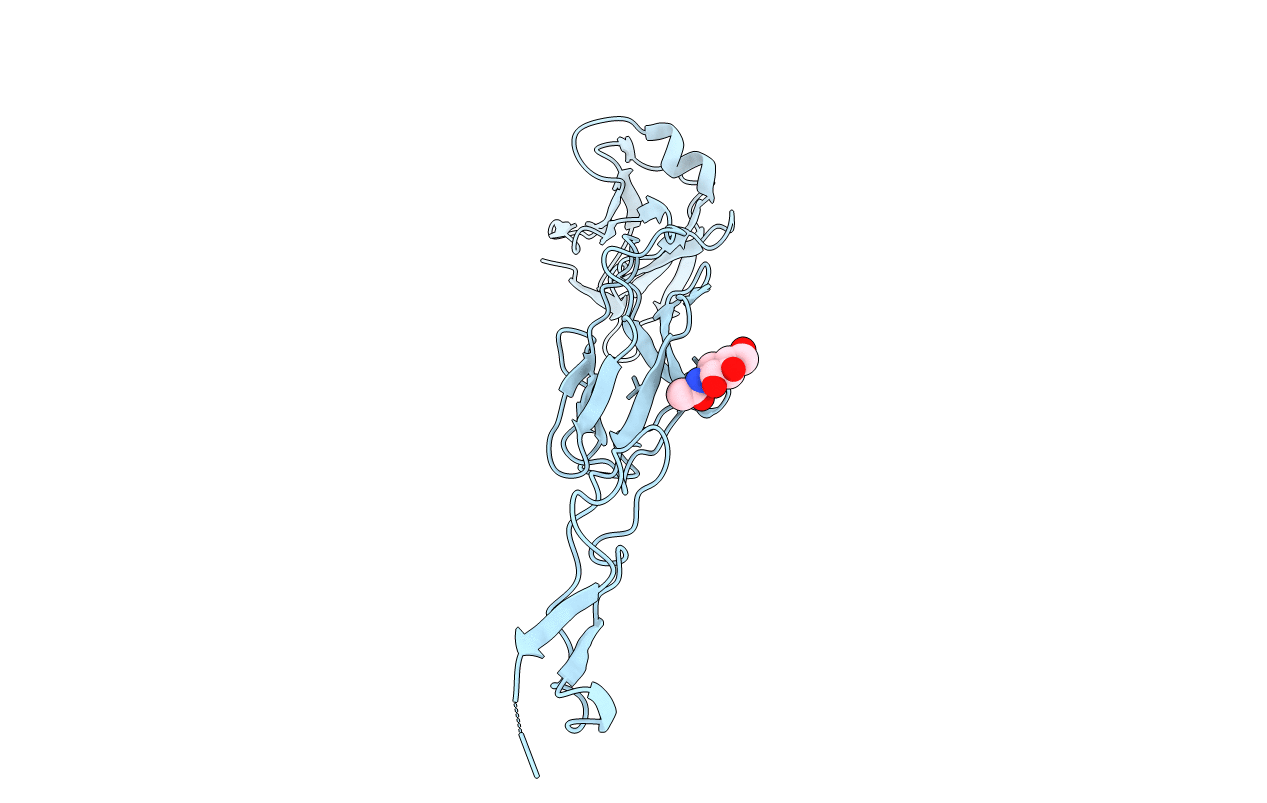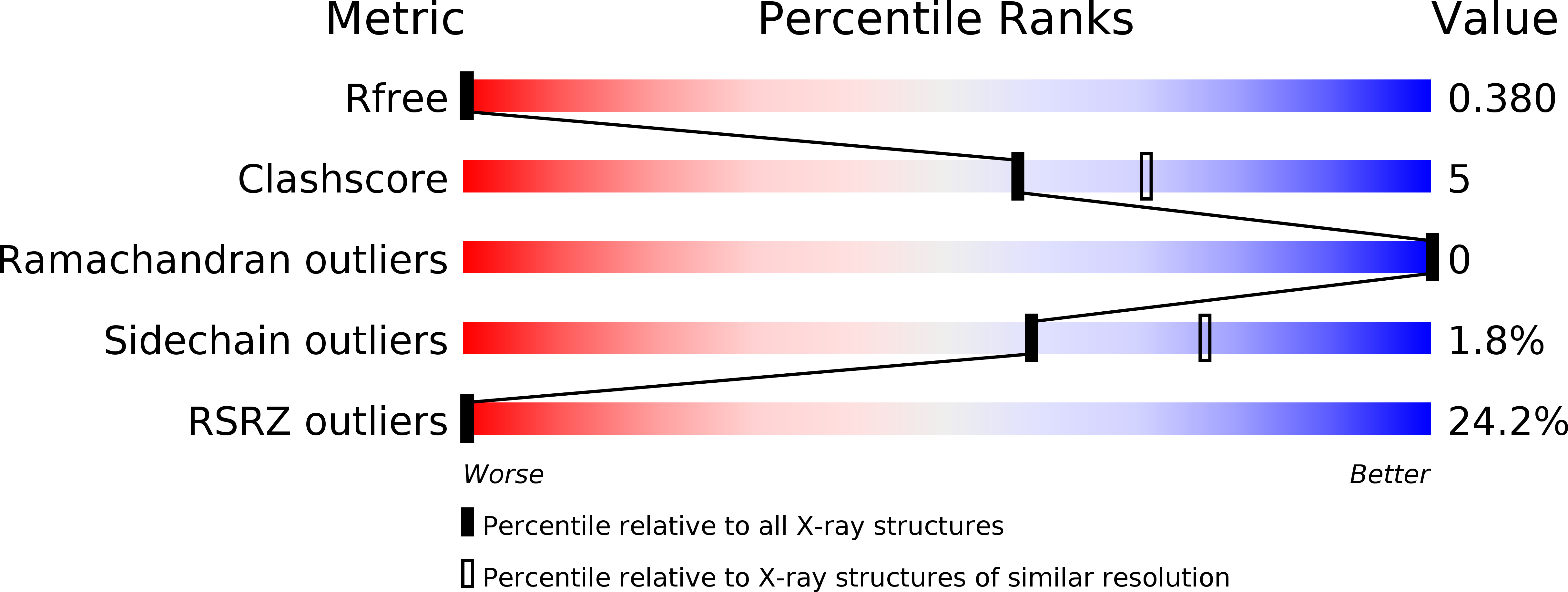
Deposition Date
2014-10-08
Release Date
2014-11-05
Last Version Date
2024-11-06
Method Details:
Experimental Method:
Resolution:
2.40 Å
R-Value Free:
0.34
R-Value Work:
0.32
R-Value Observed:
0.32
Space Group:
P 21 21 21


